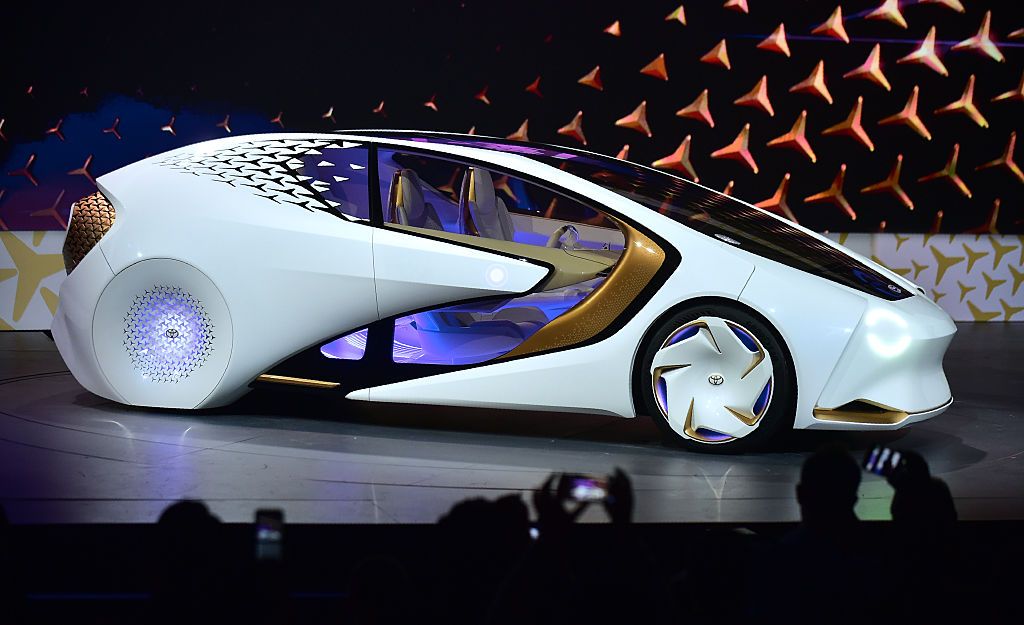When the Great Depression of the 1930s became manifest -- that is, by 1931 or thereabouts when no normal recovery had happened -- American automobile makers were forced to come up with survival strategies. Some companies forged ahead in their traditional market segment, trimming back on the number of models offered and perhaps dropping one of their motors (eliminating a straight-8 while retaining a six, for instance). Marmon actually went more upscale, adding a V-16 motor for 1931 (and went kaput in 1933). Another strategy (there were even more) was to move to a lower market segment. That is what Willys-Overland did.
Willys (pronounced will-iss for English speakers) had a fairly wide product range in the late 1920s, ranging from the upper-lower to upper-middle price/prestige brackets. The lower end was served by the Whippet and the upper by the Willys-Knight, a car powered by a sleeve-valve motor.
For the 1930 model year, Willys-Knights had a wheelbase of 120 inches (3048 mm), Whippets had wheelbases of 103.3 and 112.5 inches (2624 and 2858 mm). Some model and wheelbase juggling ensued through 1932 when the company teetered toward receivership, which it reached on 15 February 1933. At that time all previous production models were terminated, the company basing its survival prospects on its new, even smaller (100.5 inch, 2553 mm wheelbase) model 77. The 77 and derivatives served Willys for the rest of the decade. So the company did survive the Depression and went on to become purveyors of the famous Jeep.
1929 Willys-Knight 70B -- for-sale photo.
1929 Willys Whippet 4-door sedan.
Announcing the new Model 77. That's John North Willys in the photo. The sloping hood and headlights partly built into the fenders are advanced features for the 1933 model year. Besides the low price, progressive styling probably helped sales.
A 1935 Willys 77 seen in a snapshot taken at a later date. The hoodline is raised compared to '33 models, making the cars seem a little old-fashioned.
For 1937, the 77 line was replaced by the Model 37 with a revised body. Pictured here is a 1938 Willys 38 4-door sedan.
When the Great Depression of the 1930s became manifest -- that is, by 1931 or thereabouts when no normal recovery had happened -- American automobile makers were forced to come up with survival strategies. Some companies forged ahead in their traditional market segment, trimming back on the number of models offered and perhaps dropping one of their motors (eliminating a straight-8 while retaining a six, for instance). Marmon actually went more upscale, adding a V-16 motor for 1931 (and went kaput in 1933). Another strategy (there were even more) was to move to a lower market segment. That is what Willys-Overland did.
Willys (pronounced will-iss for English speakers) had a fairly wide product range in the late 1920s, ranging from the upper-lower to upper-middle price/prestige brackets. The lower end was served by the Whippet and the upper by the Willys-Knight, a car powered by a sleeve-valve motor.
For the 1930 model year, Willys-Knights had a wheelbase of 120 inches (3048 mm), Whippets had wheelbases of 103.3 and 112.5 inches (2624 and 2858 mm). Some model and wheelbase juggling ensued through 1932 when the company teetered toward receivership, which it reached on 15 February 1933. At that time all previous production models were terminated, the company basing its survival prospects on its new, even smaller (100.5 inch, 2553 mm wheelbase) model 77. The 77 and derivatives served Willys for the rest of the decade. So the company did survive the Depression and went on to become purveyors of the famous Jeep.
1929 Willys-Knight 70B -- for-sale photo.
1929 Willys Whippet 4-door sedan.
Announcing the new Model 77. That's John North Willys in the photo. The sloping hood and headlights partly built into the fenders are advanced features for the 1933 model year. Besides the low price, progressive styling probably helped sales.
A 1935 Willys 77 seen in a snapshot taken at a later date. The hoodline is raised compared to '33 models, making the cars seem a little old-fashioned.
For 1937, the 77 line was replaced by the Model 37 with a revised body. Pictured here is a 1938 Willys 38 4-door sedan.

















EmoticonEmoticon